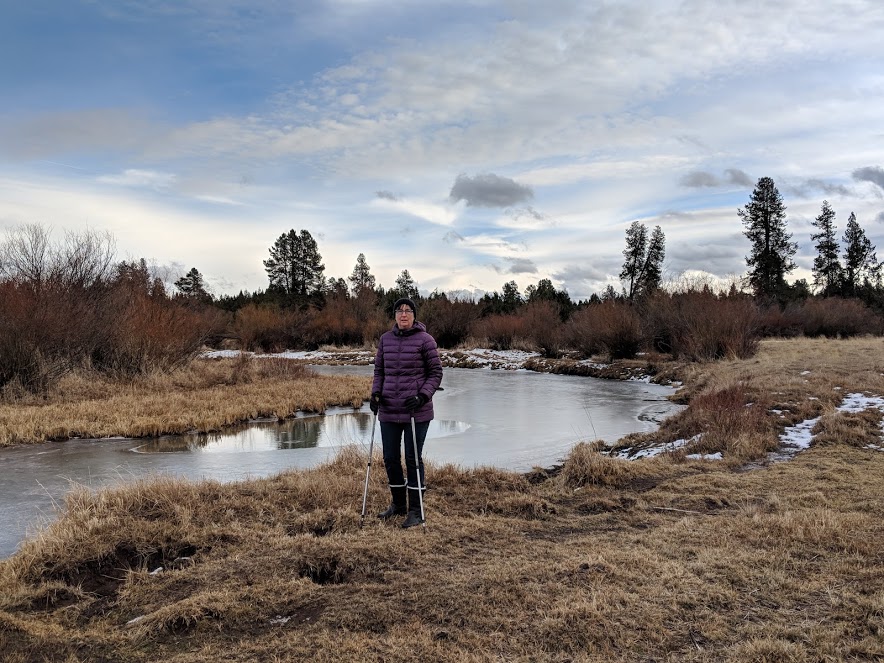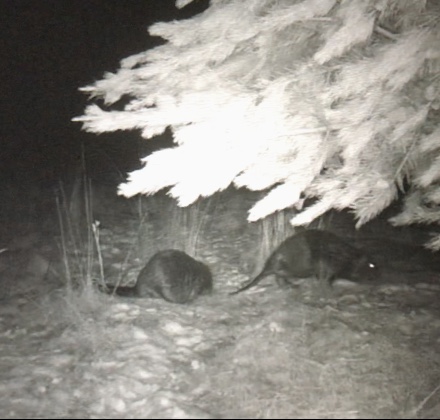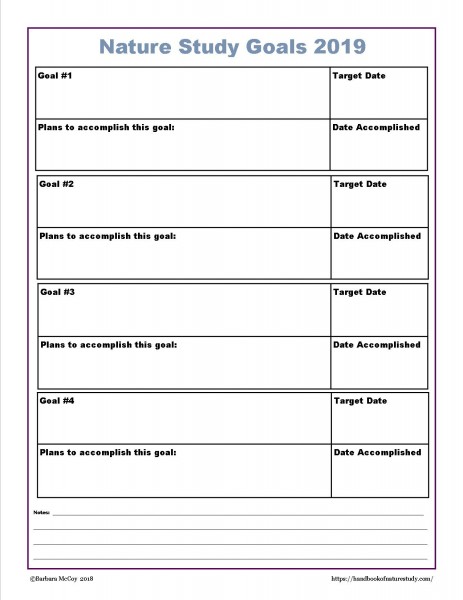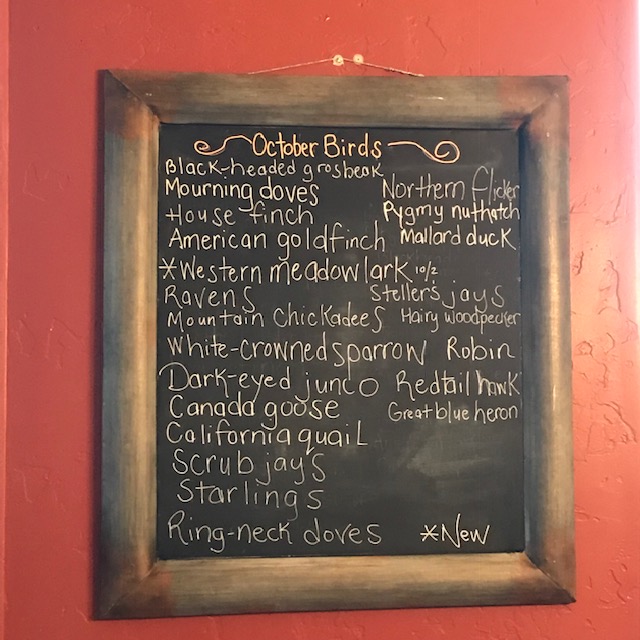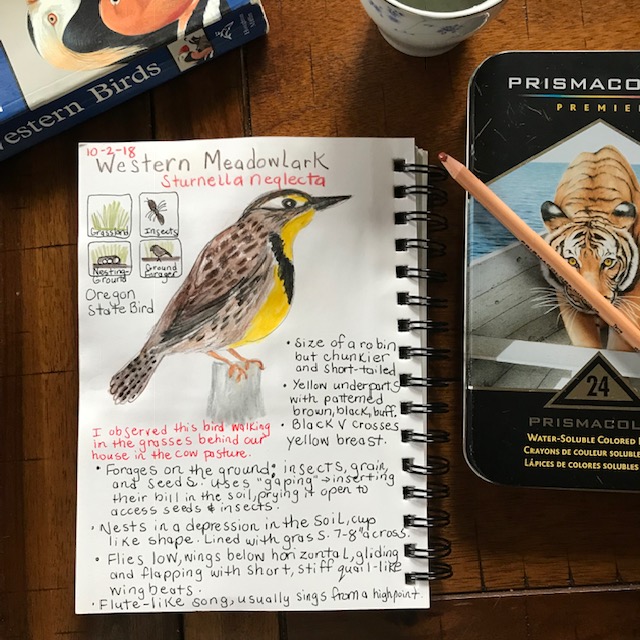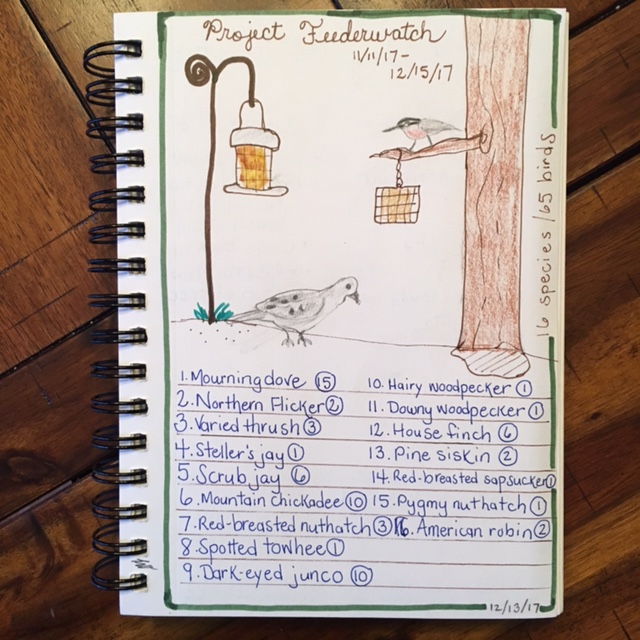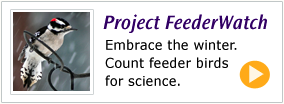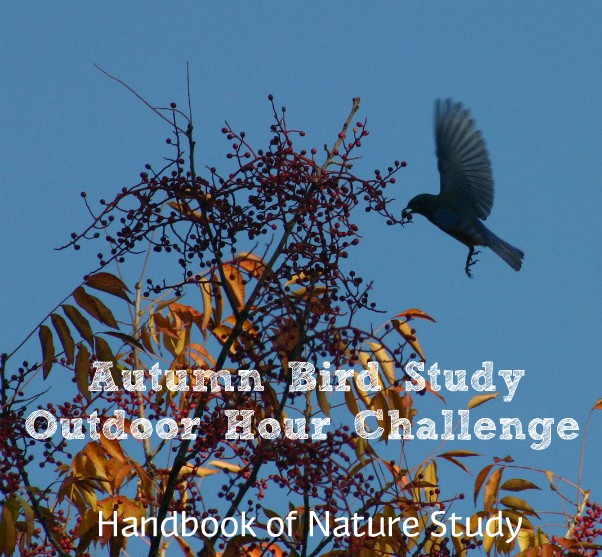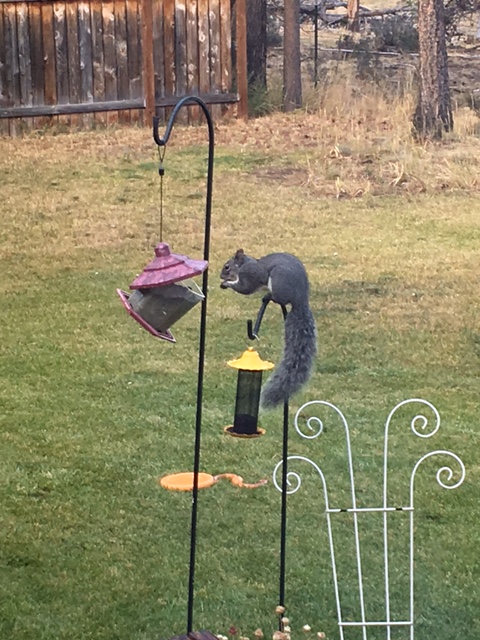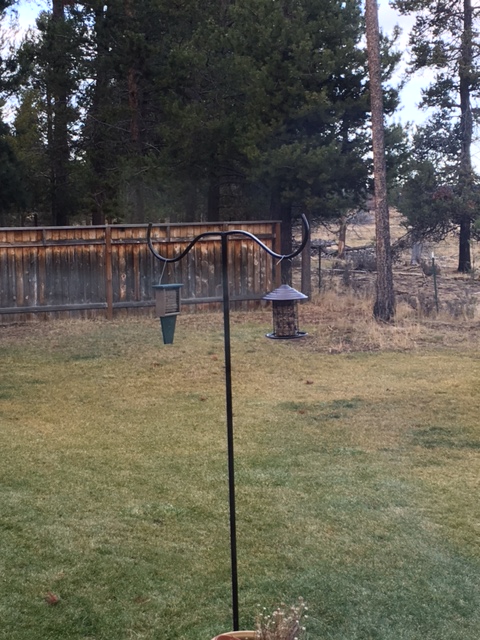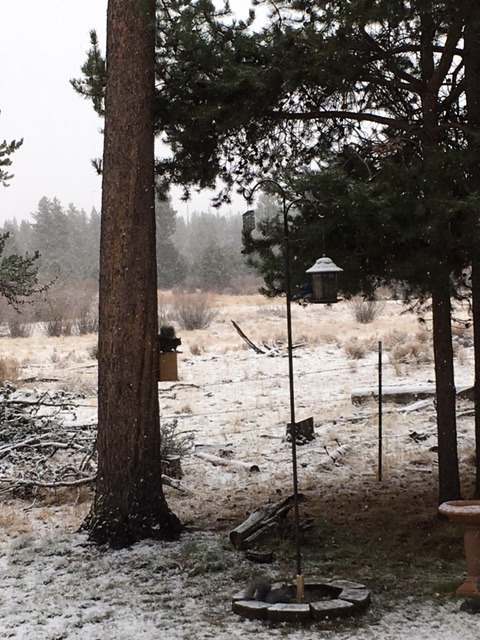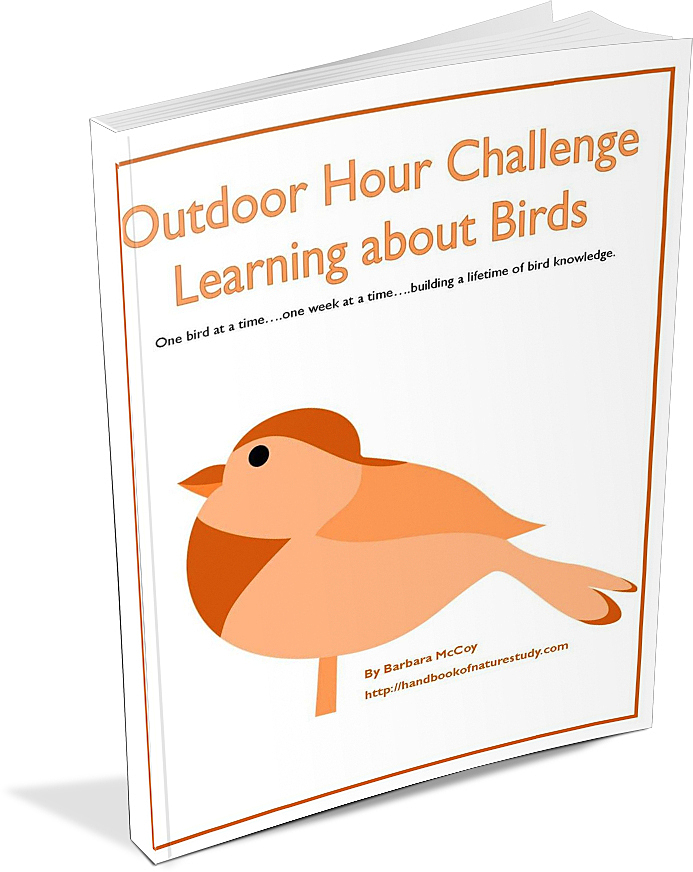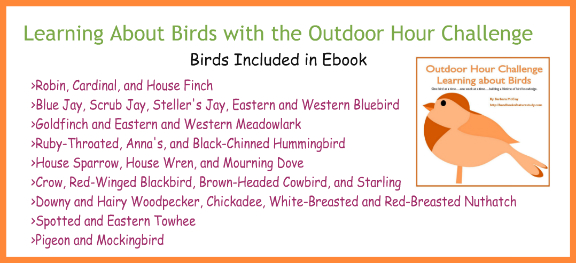You can enjoy a simple fall bird study for your homeschool with Project Feederwatch! This is an activity that can help you learn more about your local birds in a way that is fun and useful to the community.
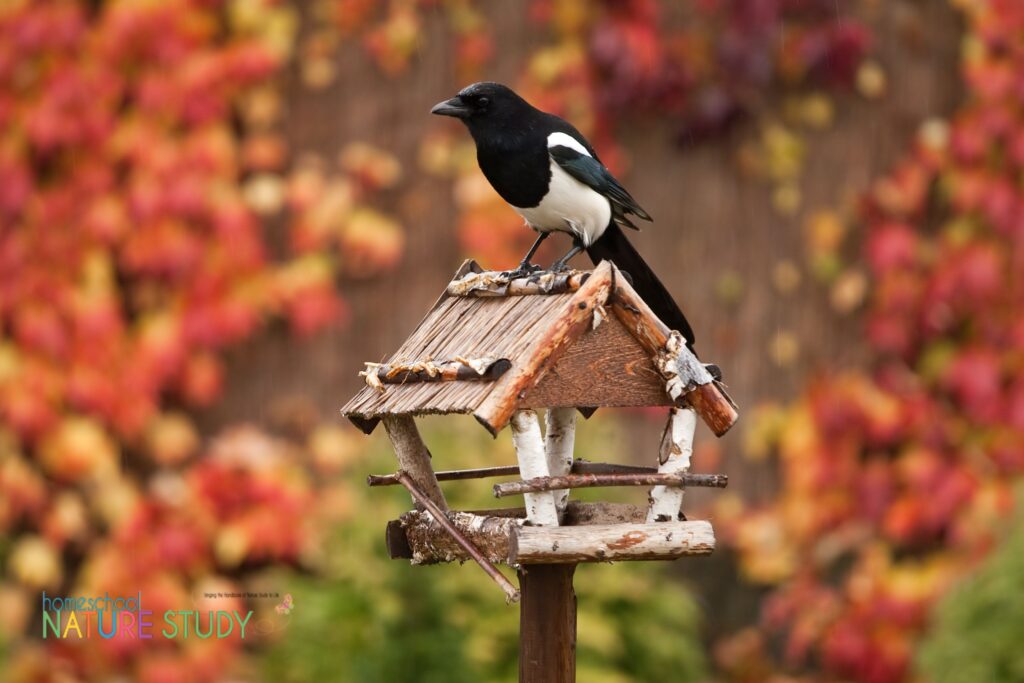
Fall Bird Study For Your Homeschool
You can even extend your fall bird study into winter with this fun citizen science project. You can participate as much or as little as you desire. It only takes a few minutes on two consecutive days each week to participate. If you miss a week, that’s okay too…just pick up when you can.
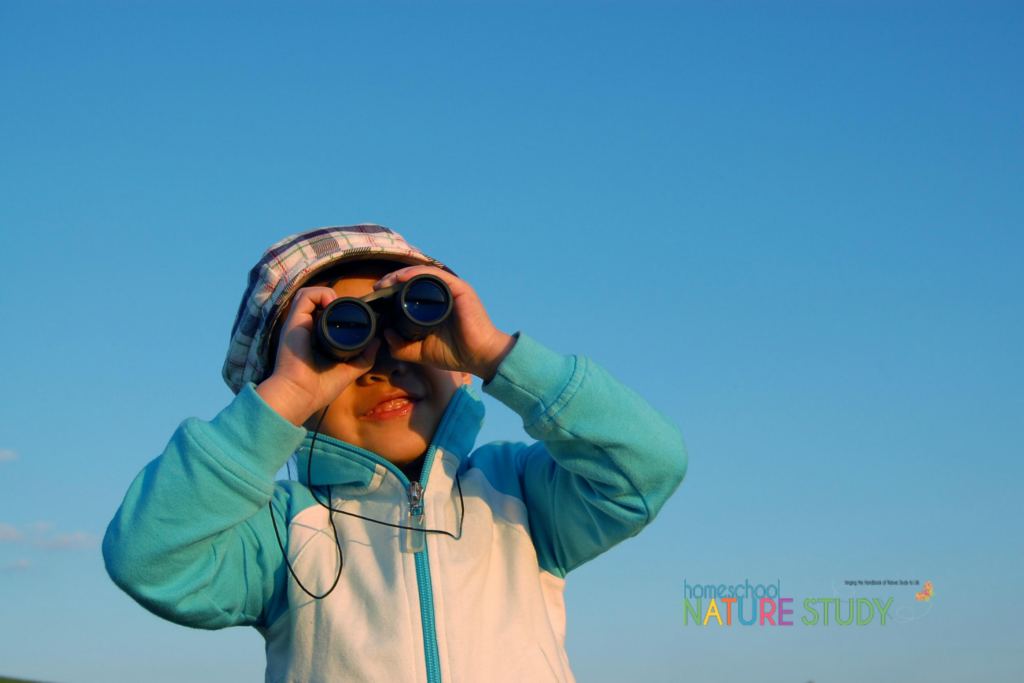
What Is Project Feederwatch?
“Project FeederWatch can turn your love of feeding birds into scientific discoveries!” Read an overview about the project, the app you can download, the tools you receive (a participant welcome kit) and the way the data is used in the Project FeederWatch program overview.
Project FeederWatch runs from November 1 through April 30. This is a perfect fall bird study because come February, there is the Great Backyard Bird Count to participate in as well.
Here are details on how to participate.
Who Can Participate in This Fall Bird Study?
Anyone – all ages – can participate in Project FeederWatch. The video, below, shows how this really is something everyone can participate in, even with young children.
Weaving a citizen science project like this into your lives is so rewarding. We have several feeders we can see from our windows and keeping them filled with seed is easy. Those feeders become the focal point of our bird observations because for Feederwatch you only count birds that come to eat.
Project Feederwatch is a perfect match for our lifestyle. It’s something that I can participate in that doesn’t take a huge commitment of time and I can do it right from my own home, even if I’m wearing my pajamas.
You simply:
- Choose your site
- Count the birds that visit
- Enter your data online
Great Backyard Bird Count
Similar to Project FeederWatch, The Great Backyard Bird Count has you counting the birds coming to your feeder. However, it takes place over a much shorter time – and in February.
Each February, for four days, the world comes together for the love of birds. Over these four days we invite people to spend time in their favorite places watching and counting as many birds as they can find and reporting them to us. These observations help scientists better understand global bird populations before one of their annual migrations.
Birdcount.org
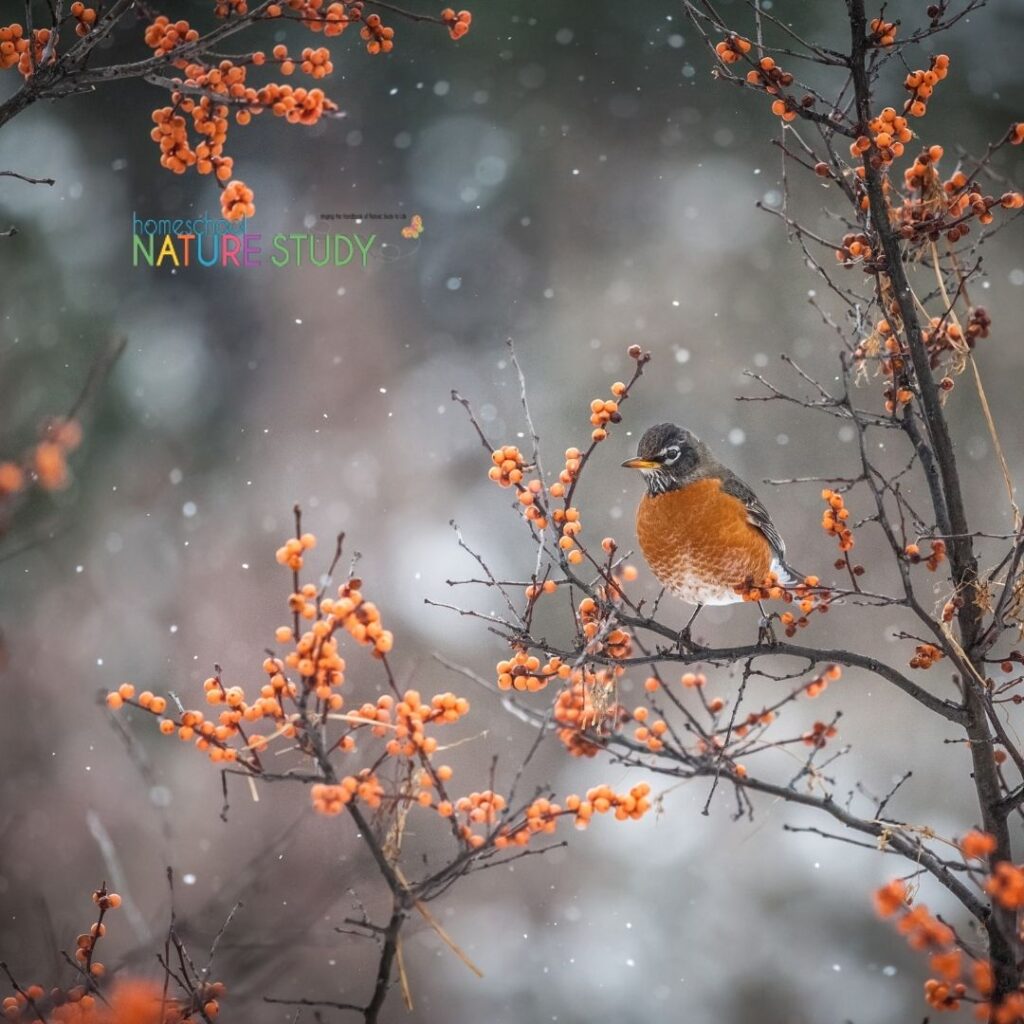
Top Feeder Birds
This is a great beginner’s list of birds to know and be able to identify. Use the links above to take a peek at these common birds that may be visitors to your neighborhood. Make sure to scroll down to the “similar species” section for each bird and that will give you additional birds to look for if you don’t have that particular bird in your neighborhood. Also, reading the “Backyard Tips” and “Find This Bird” sections will give you some clues and hints for actually viewing this bird in person.
- Northern Cardinal
- Mourning Dove
- Dark Eyed Junco
- Downy Woodpecker
- American Crow
- House Finch
- American Goldfinch
- Blue Jay
- Black Capped Chickadee
- Tufted Titmouse
More Bird Nature Studies for Your Homeschool
Studying birds in your Outdoor Hour Challenge time and bird watching is such a wonderful activity! You might also like these resources:
- Homeschool Bird Study for Different Learning Styles
- The Ultimate List of Bird Homeschool Studies Using the Outdoor Hour Challenges
- Homeschool Bird Study with Chalk Pastels
- I Drew It Then I Knew Homeschool Bird Study (free fall blue jay art lesson)
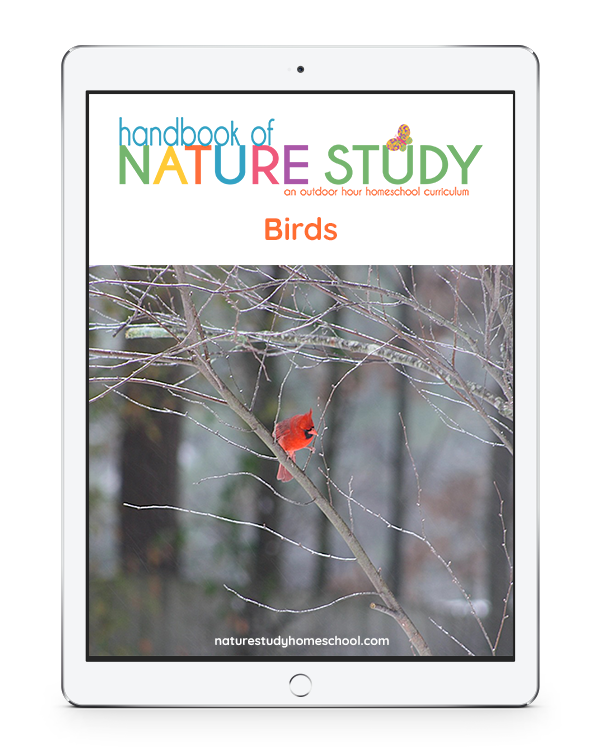
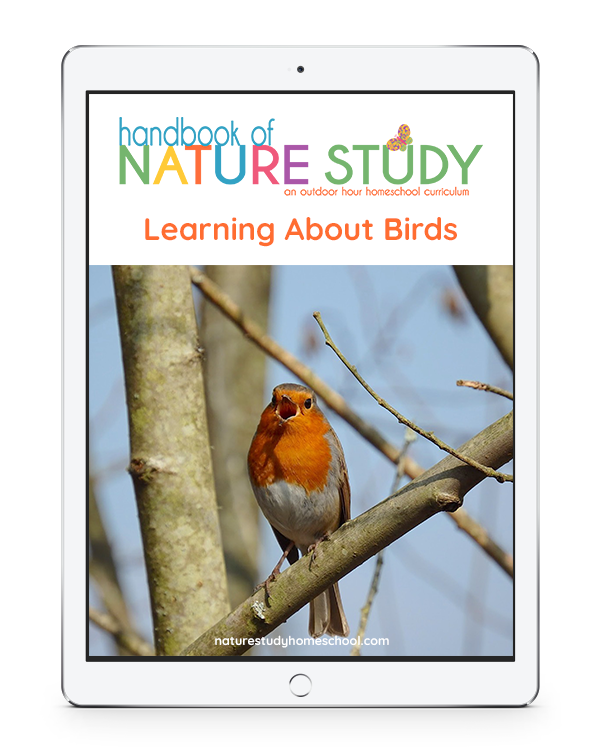
Join The Homeschool Nature Study Membership for Year Round Support
Can you believe all of these bird resources you will find in membership? You will also find a continuing series on bird nature study, bird watching and attracting birds plus all the Outdoor Hour Challenges for nature study in our Homeschool Nature Study membership. There are 25+ continuing courses with matching Outdoor Hour curriculum that will bring the Handbook of Nature Study to life in your homeschool! In addition, there is an interactive monthly calendar with daily nature study prompt – all at your fingertips!
Be sure to share on social media and tag @outdoorhourchallenge on Instagram or Homeschool Nature Study on Facebook with your results too!
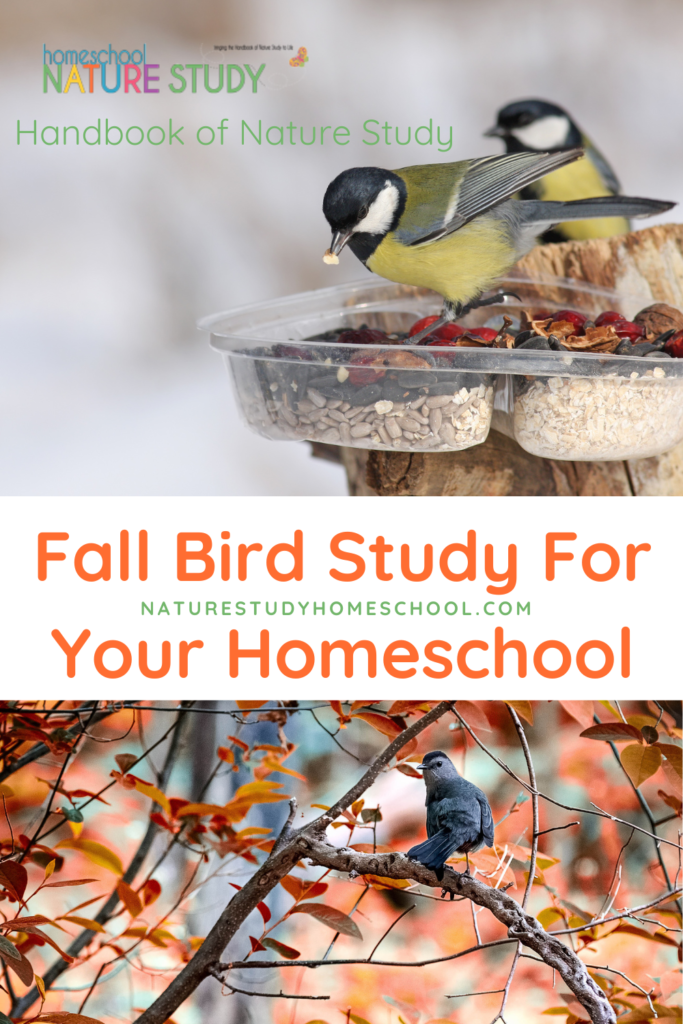

Tricia and her family fell in love with the Handbook of Nature Study and the accompanying Outdoor Hour Challenges early in their homeschooling. The simplicity and ease of the weekly outdoor hour challenges brought joy to their homeschool and opened their eyes to the world right out their own back door! She shares the art and heart of homeschooling at You ARE an ARTiST and Your Best Homeschool plus her favorite curricula at The Curriculum Choice.

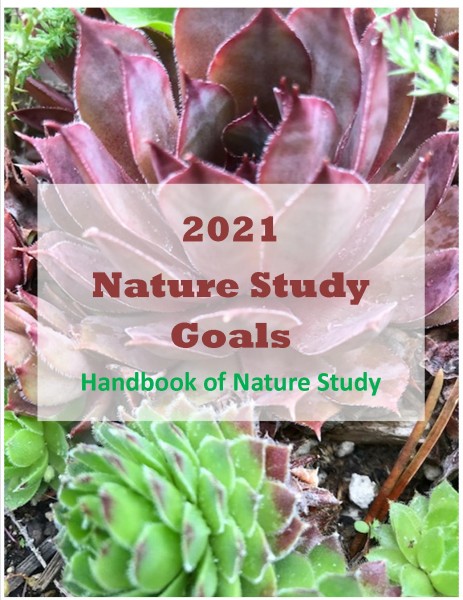
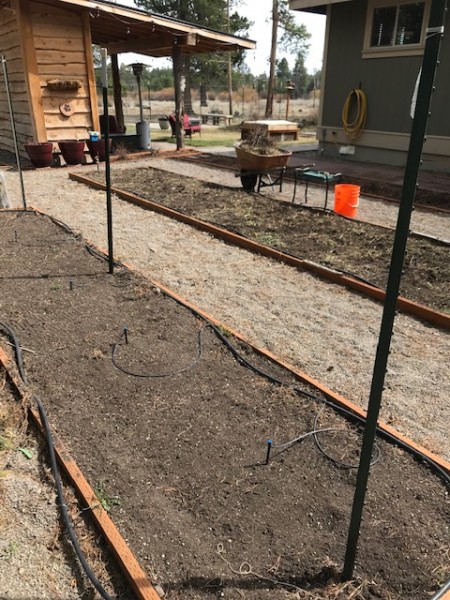
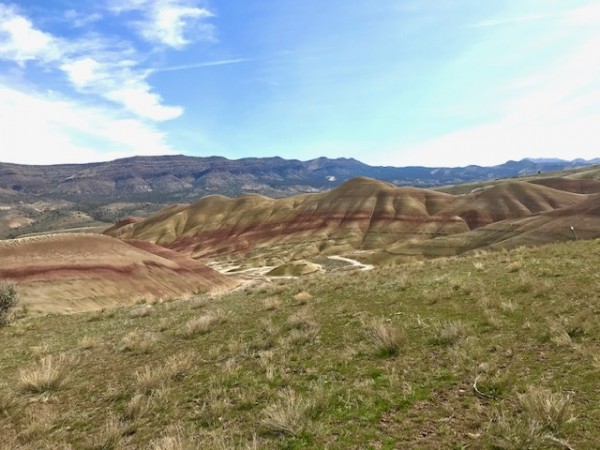
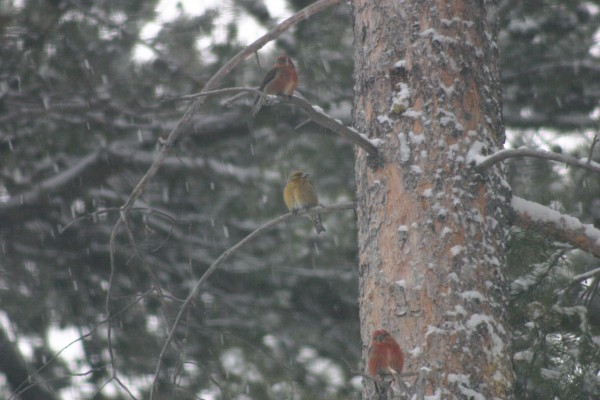
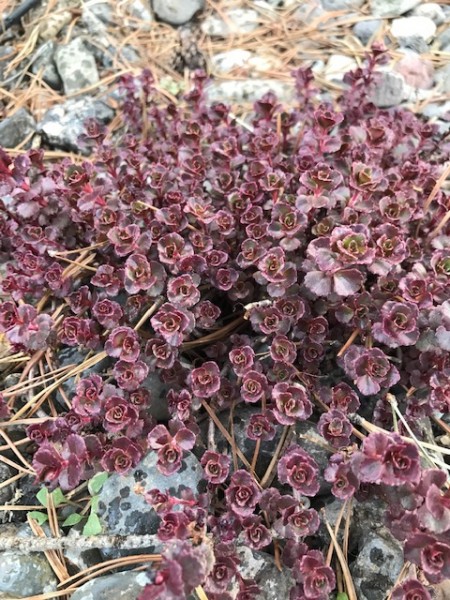
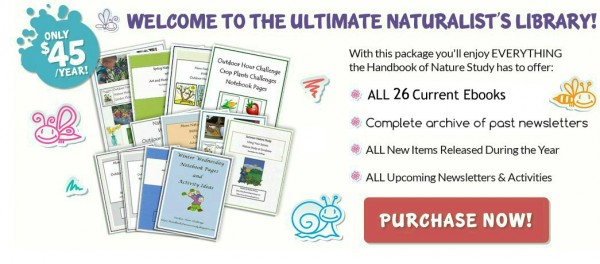
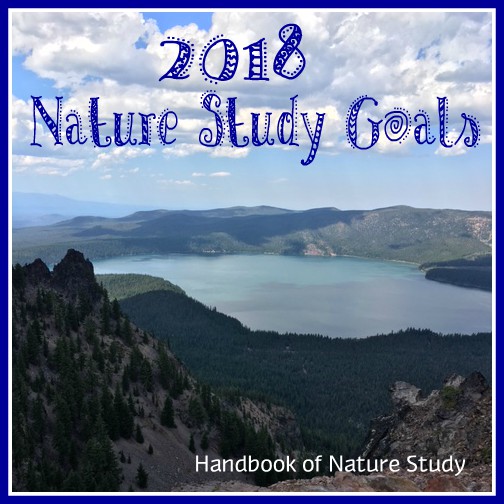
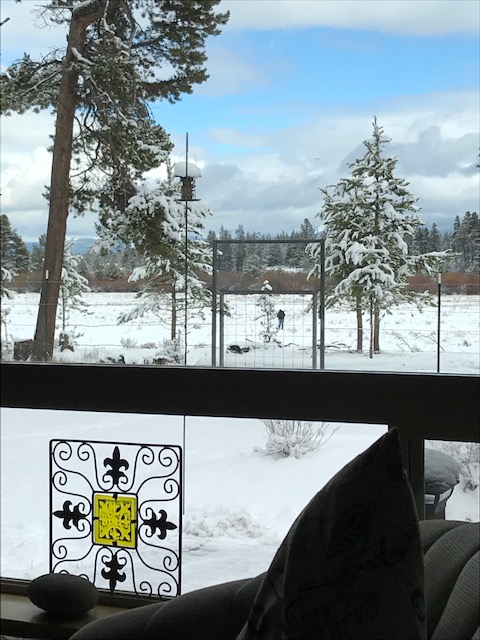
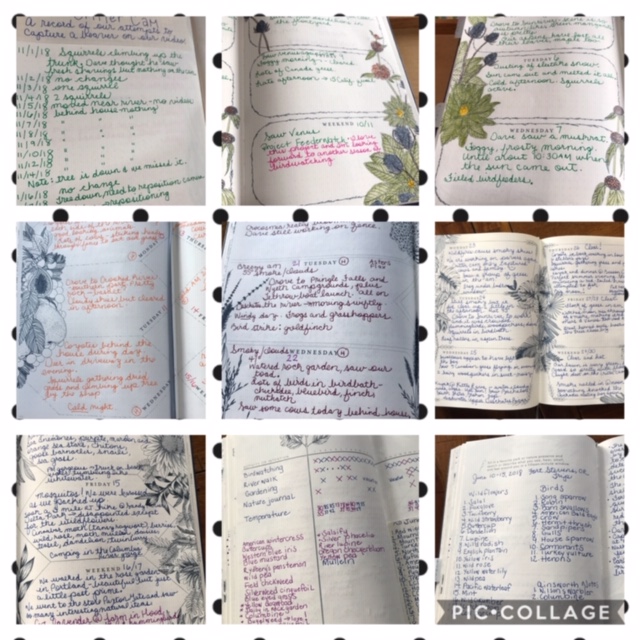

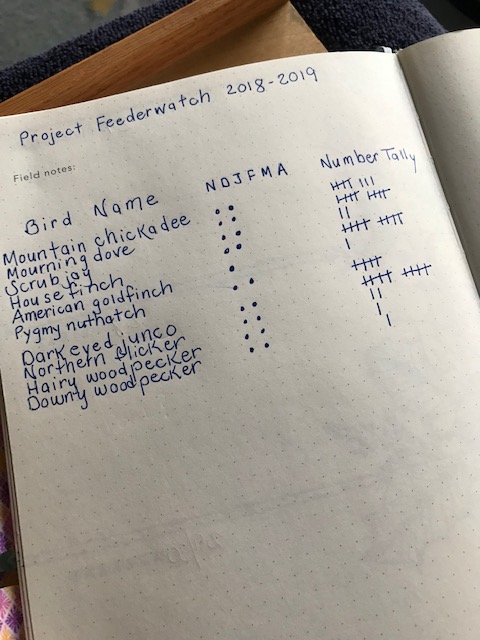 Participate in
Participate in 